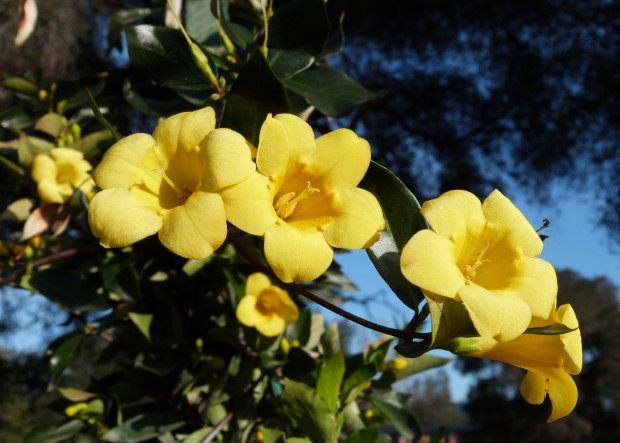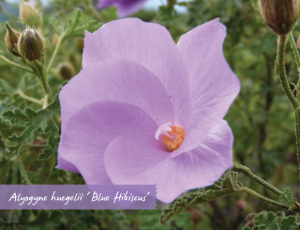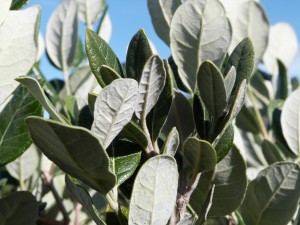Go Vertical with Vines
When designing a landscape, it’s always important to make sure there is variation and interest at both the horizontal and vertical level. Going vertical with vines can help to create a unique focal point in key areas of the landscape. Be it a main entryway or a patio for entertaining, vines often complete the look When hardscape elements are included in a landscape design, such as pergolas and arbors, homeowners are often interested in plants they can grow on the structures. Vines help soften the look of the hardscaping as well as provide shade and privacy.
Choosing the right vine can mean the difference between a landscape dream and a nightmare. While the fast growth speed and large size of certain vines can initially be an asset, these characteristics can cause you big problems down the road. A few questions to ask when selecting a vine include:
- Do I have enough space available for the mature vine?
- Can my hardscape structure support the weight?
- Does the area have the right sun exposure for my chosen vine?
- Is the vine invasive?
- How hard is the vine to maintain?
Some vines produce supporting tendrils that stick or bore into surfaces, while others require that you secure them to your structure. You should also consider this characteristic when choosing your vines. Carolina jessamine, for example, is a vigorous vine that produces twining stems without of tendrils. While vines will quickly cover fences, trellises or other structures, they can easily be sheared in late-spring to control their size. Banksia rose is a vigorous and easy-to-grow climbing rose that produces masses of small double yellow flowers. Vines are fast-growing and quite heavy when mature. However because regular pruning should be avoided on Banksia rose, you’ll need to make sure that your supporting structure can manage its mature weight long term.


